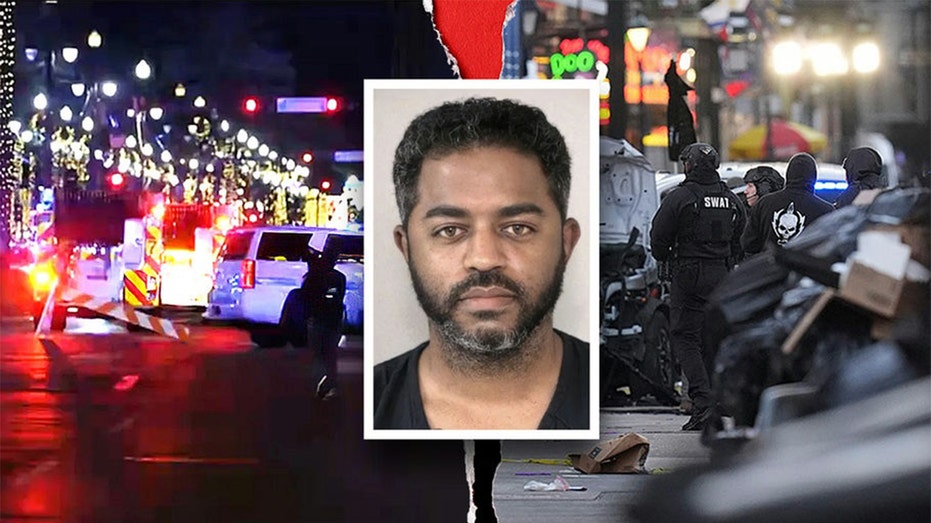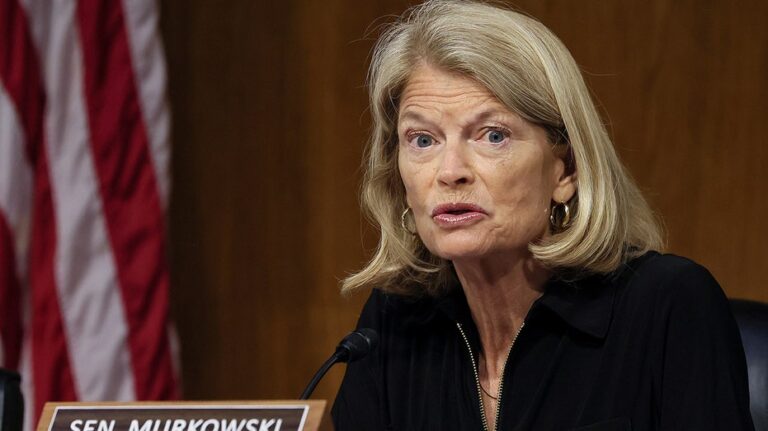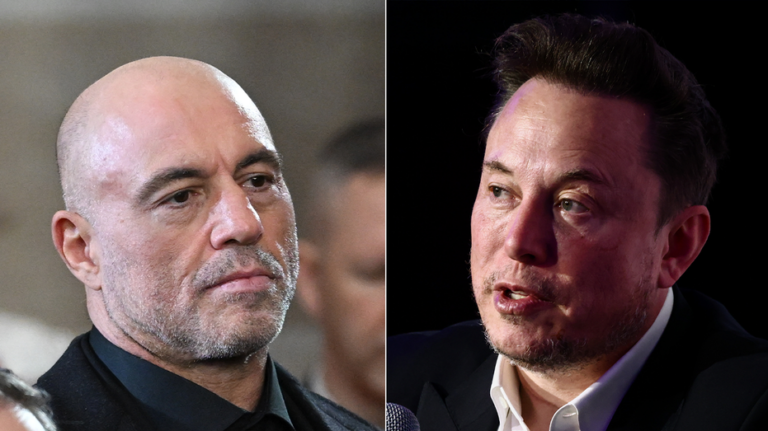
New Orleans terrorist attacker Shamsud-Din Jabbar was radicalized by ISIS online “within weeks,” according to FBI Director Christopher Wray.
Jabbar killed 14 civilians when he rammed a rented Ford F-150 truck through a New Year’s crowd celebrating on Bourbon Street around 3:15 a.m. on Jan. 1. He then began shooting at police, who returned fire, killing the attacker.
“[H]e appears to have been inspired — from afar — by ISIS. And it is, in many ways, the most challenging type of terrorist threat we face,” Wray told “60 Minutes” in a wide-ranging interview that aired Sunday. “You’re talking about guys like this, who radicalize not in years but in weeks, and whose method of attack is still very deadly but fairly crude. And if you think about that old saying about connecting the dots, there are not a lot of dots out there to connect. And there’s very little time in which to connect them.”
The FBI noted earlier this month that Jabbar, 42, traveled to Cairo, Egypt, from June 22 to July 3, 2023, then returned to the U.S. In a separate trip on July 10, 2023, he traveled to Ontario, Canada, and returned to the U.S. a few days later.
BODY LANGUAGE EXPERT SAYS NEW ORLEANS ATTACKER EXHIBITED ‘RED FLAGS’ BEFORE ATTACK
The Texas native was a twice-divorced Army veteran who, despite a lucrative job at a large consulting firm, had a history of financial struggles and missed child support payments, records show.
Prior to the New Orleans attack, he visited the city twice — once in October and again in November. He used Meta smart glasses to take videos of his surroundings as he rode a bike through the French Quarter months before carrying out the deadly attack.
BOURBON STREET TERROR VICTIMS SUE NEW ORLEANS AS LOUISIANA AG INVESTIGATES SECURITY LAPSES
On Dec. 31, Jabbar rented the Ford truck in Houston and then drove it to New Orleans, where he checked in to an AirBnb. Authorities would later find bomb-making materials and remnants of a fire at the property, saying Jabbar likely attempted to cover up his crime by attempting to burn evidence at the rental home in the St. Roch neighborhood, about two miles from the French Quarter.
WHAT WE KNOW ABOUT VICTIMS OF NEW ORLEANS TERRORIST ATTACK
“It’s pretty clear so far that this is a guy who was radicalized online and who was determined to try to murder as many innocent people as he could in the name of ISIS,” Wray said in his interview with “60 Minutes.”
He added that these kinds of lone wolf threats are becoming more common in the United States.
“There was a guy, a Pakistani citizen, who, just a few months ago, we worked with our Canadian partners to arrest,” Wray explained to host Scott Pelley. This guy was trying to get into the U.S., get into New York City, to conduct a mass shooting at a Jewish Center in Brooklyn. … In his words, he wanted to conduct the largest attack in the U.S. since 9/11.”
The FBI continues to investigate the attack and said that while Jabbar apparently acted alone, authorities are still investigating whether he had any accomplices.
Fox News’ Michael Ruiz contributed to this report.
New Orleans terrorist attacker Shamsud-Din Jabbar was radicalized by ISIS online “within weeks,” according to FBI Director Christopher Wray.
Jabbar killed 14 civilians when he rammed a rented Ford F-150 truck through a New Year’s crowd celebrating on Bourbon Street around 3:15 a.m. on Jan. 1. He then began shooting at police, who returned fire, killing the attacker.
“[H]e appears to have been inspired — from afar — by ISIS. And it is, in many ways, the most challenging type of terrorist threat we face,” Wray told “60 Minutes” in a wide-ranging interview that aired Sunday. “You’re talking about guys like this, who radicalize not in years but in weeks, and whose method of attack is still very deadly but fairly crude. And if you think about that old saying about connecting the dots, there are not a lot of dots out there to connect. And there’s very little time in which to connect them.”
The FBI noted earlier this month that Jabbar, 42, traveled to Cairo, Egypt, from June 22 to July 3, 2023, then returned to the U.S. In a separate trip on July 10, 2023, he traveled to Ontario, Canada, and returned to the U.S. a few days later.
BODY LANGUAGE EXPERT SAYS NEW ORLEANS ATTACKER EXHIBITED ‘RED FLAGS’ BEFORE ATTACK
The Texas native was a twice-divorced Army veteran who, despite a lucrative job at a large consulting firm, had a history of financial struggles and missed child support payments, records show.
Prior to the New Orleans attack, he visited the city twice — once in October and again in November. He used Meta smart glasses to take videos of his surroundings as he rode a bike through the French Quarter months before carrying out the deadly attack.
BOURBON STREET TERROR VICTIMS SUE NEW ORLEANS AS LOUISIANA AG INVESTIGATES SECURITY LAPSES
On Dec. 31, Jabbar rented the Ford truck in Houston and then drove it to New Orleans, where he checked in to an AirBnb. Authorities would later find bomb-making materials and remnants of a fire at the property, saying Jabbar likely attempted to cover up his crime by attempting to burn evidence at the rental home in the St. Roch neighborhood, about two miles from the French Quarter.
WHAT WE KNOW ABOUT VICTIMS OF NEW ORLEANS TERRORIST ATTACK
“It’s pretty clear so far that this is a guy who was radicalized online and who was determined to try to murder as many innocent people as he could in the name of ISIS,” Wray said in his interview with “60 Minutes.”
He added that these kinds of lone wolf threats are becoming more common in the United States.
“There was a guy, a Pakistani citizen, who, just a few months ago, we worked with our Canadian partners to arrest,” Wray explained to host Scott Pelley. This guy was trying to get into the U.S., get into New York City, to conduct a mass shooting at a Jewish Center in Brooklyn. … In his words, he wanted to conduct the largest attack in the U.S. since 9/11.”
The FBI continues to investigate the attack and said that while Jabbar apparently acted alone, authorities are still investigating whether he had any accomplices.
Fox News’ Michael Ruiz contributed to this report.



